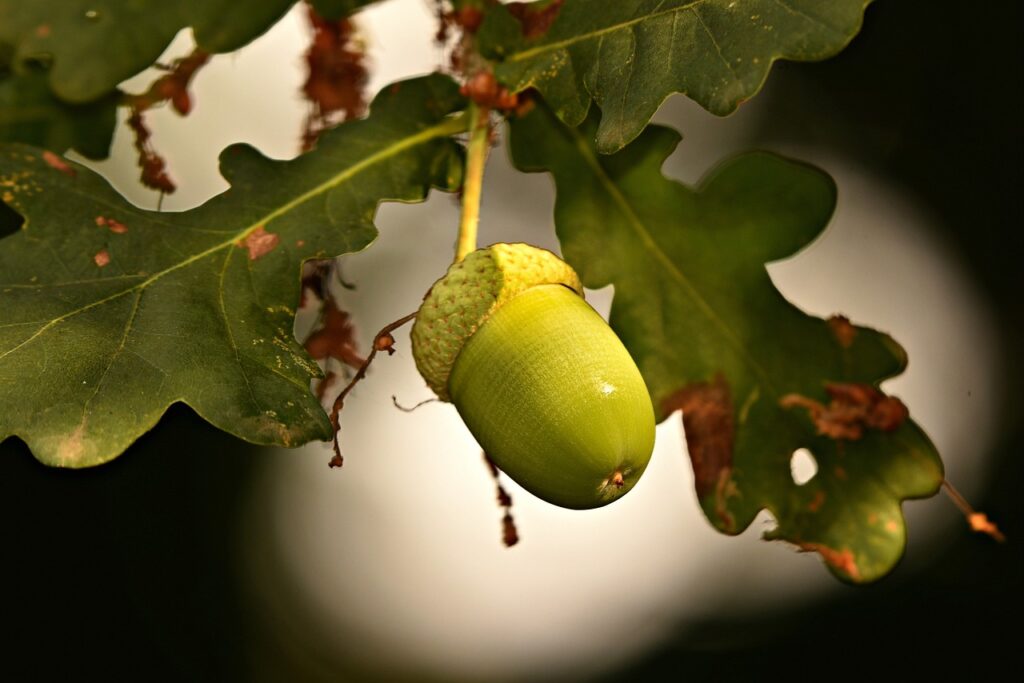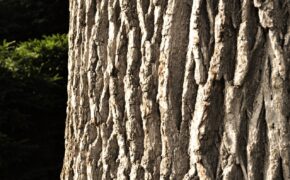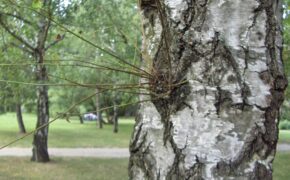
Get a quick no obligation quote It’s free and will only take a jiffy!
Legends in the Leaves: Unveiling the Mystical Folklore of UK Trees
In the UK, our rich natural heritage is intertwined with a deep-rooted tradition of tree folklore. Join us as we explore the captivating folklore surrounding some of the UK’s most iconic trees, and uncover the myths and legends that have been passed down through generations, showcasing the cultural and historical importance of our magnificent natural monuments.
Trees have always held a special place in the hearts and minds of people throughout history. Across the globe, from ancient civilizations to modern societies, trees have been revered not only for their physical presence and the resources they provide, but also for their spiritual and symbolic significance and the way they’ve inspired countless myths, legends, and folklore.
These ancient stories and beliefs reflect the deep respect and awe our ancestors had for nature. Trees were often considered sacred entities, infused with magical properties and inhabited by spirits and deities.
From the mighty oak, regarded as a symbol of strength and endurance, to the mysterious yew, associated with death and rebirth, each tree species possess its own unique stories and significance.
The Role of Trees in Ancient Cultures
In ancient cultures, particularly among the Celts and Anglo-Saxons, trees held an esteemed place in both daily life and spiritual practices.
The Celts, known for their deep connection to nature, revered trees as living entities that bridged the human world and the divine.
The Druids, the priestly class of the Celts, conducted many of their rituals in sacred groves known as ‘nemeton’. These natural cathedrals, often composed of oaks, yews, and other significant trees, were considered the heart of spiritual life, where the divine could be most closely accessed.
Similarly, in Anglo-Saxon culture, trees were more than just elements of the landscape. They were powerful symbols and played an active role in myth and ritual.
The concept of the ‘sacred tree’ appears in numerous Anglo-Saxon texts, including the epic poem ‘Beowulf’, where the hero’s ancestral line is said to originate from a ‘tree of life’. This reflects the belief that trees were life-giving and protective entities.

Sacred Trees and Spiritual Beings
Throughout these ancient traditions, certain trees were often considered sacred or inhabited by spirits and deities.
The oak tree, for example, was a symbol of strength and endurance. It was believed to be the dwelling place of powerful spirits and was associated with the god Dagda, the Celtic god of wisdom and knowledge. Acorns were thought to bring good fortune and were used in various protective charms.
The yew tree, with its long lifespan and evergreen nature, was linked to concepts of death and rebirth. In Celtic and Anglo-Saxon lore, yews were seen as gateways to the otherworld. Yew groves were often planted in churchyards, blending pagan and Christian traditions, and symbolising eternal life and resurrection. The poisonous nature of the yew tree and the fact it would deter livestock likely added to its popularity as a churchyard favourite.
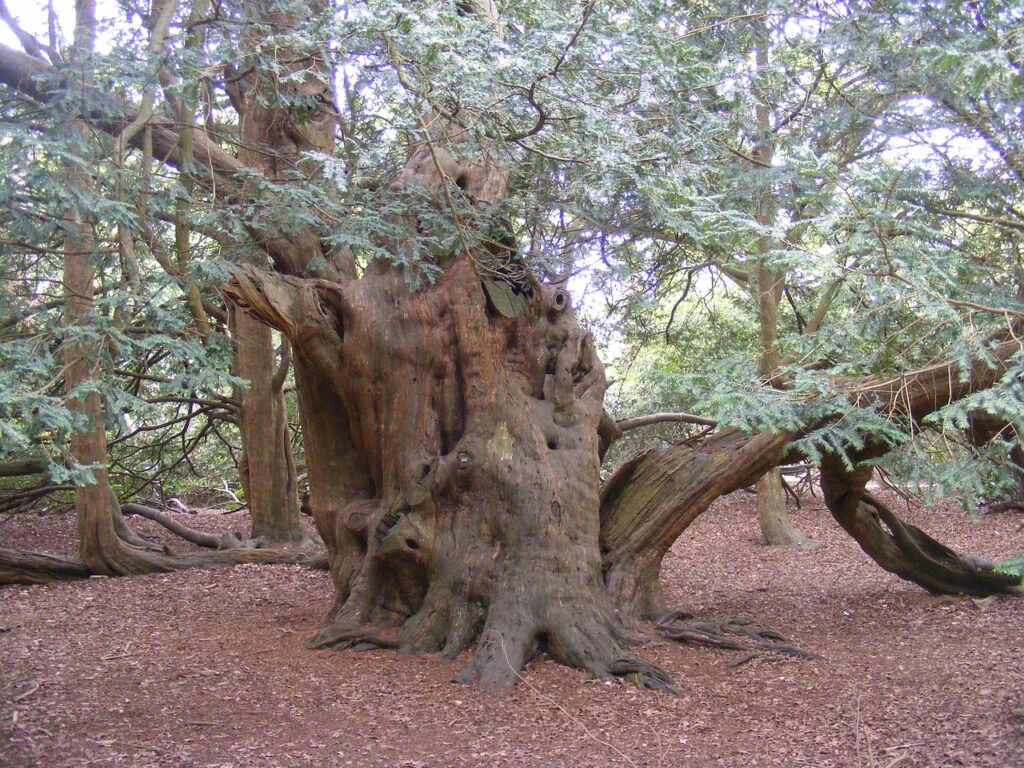
Hawthorn, also known as the May Tree, was associated with the festival of Beltane, a celebration of fertility and the coming of summer. Its blossoms were believed to have magical properties that could protect against evil spirits and bring about new life. However, cutting down a hawthorn was thought to bring misfortune, as it was said to be the home of fairies.
Rowan trees, with their bright red berries, were seen as powerful protectors against enchantment and witchcraft. The Celts would plant rowan trees near their homes and use the berries in various charms to ward off evil. The distinctive pattern of five-pointed stars on the berries was believed to offer further protection against malevolent forces.
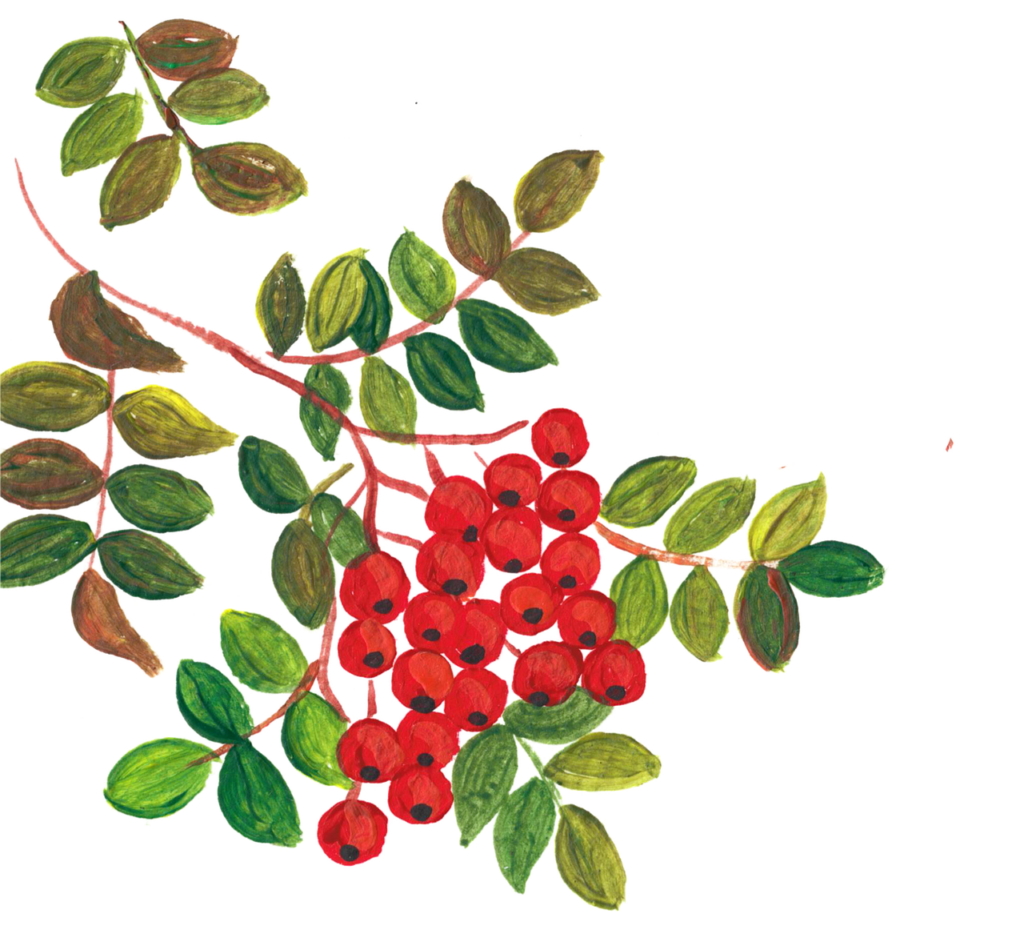
The elder tree was considered the domain of the Elder Mother, a protective spirit who watched over the tree and those who respected it. Cutting down an elder tree without asking permission was thought to bring about her wrath, resulting in illness or bad luck.
The elder tree was also valued for its medicinal properties and its wood, which was used to make instruments and tools believed to hold magical powers.
These ancient beliefs and customs highlight the profound reverence for trees in Celtic and Anglo-Saxon cultures. Trees were not only vital for survival, providing wood, food, and shelter, but also served as sacred symbols of life, death, and the divine. By understanding these deep-rooted traditions, we can see how our ancestors perceived the natural world and their place within it.
The modern day relevance of tree folklore
Centuries may have passed, but the ancient beliefs and stories about trees continue to echo through modern culture.
These age-old traditions are not just relics of the past. They are living elements that still resonate with many people today. And whilst many of the ancient beliefs have evolved over the years, they remain part of our cultural fabric.
The oak, for example, is still celebrated as a symbol of strength and endurance. It frequently appears in heraldry, literature and art, representing stability and resilience. Similarly, the protective qualities attributed to the rowan tree can be seen in the continued planting of rowans near homes and gardens, especially in rural areas.
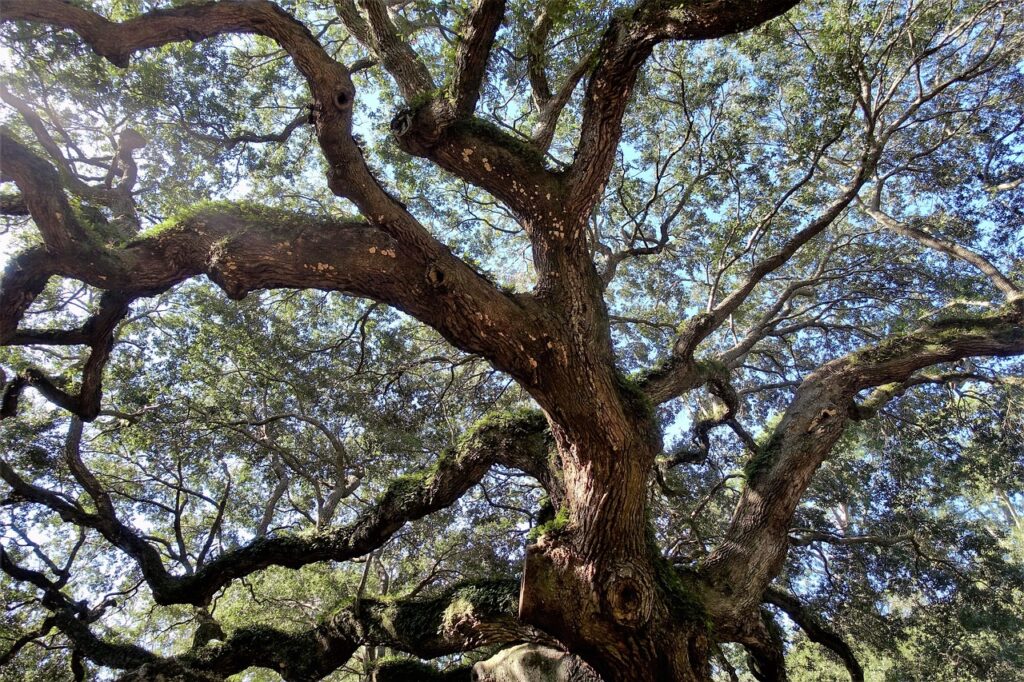
Tree folklore – traditions and festivals
Numerous traditions and festivals honouring trees continue to be celebrated UK wide.
Beltane, the ancient Celtic festival marking the beginning of summer, is revived in various forms, with hawthorn blossoms playing a central role. The Beltane Fire Festival in Edinburgh is a modern interpretation that draws from ancient practices, celebrating with fire, dancing, and the symbolic decoration of hawthorn branches.
Apple Day, celebrated on October 21st, is another example of a modern festival with ancient roots. This day honours the apple tree and its fruit, celebrating the diversity of apples and the cultural heritage of orchards in the UK. Events include apple tasting, cider making, and the sharing of folklore related to apple trees.
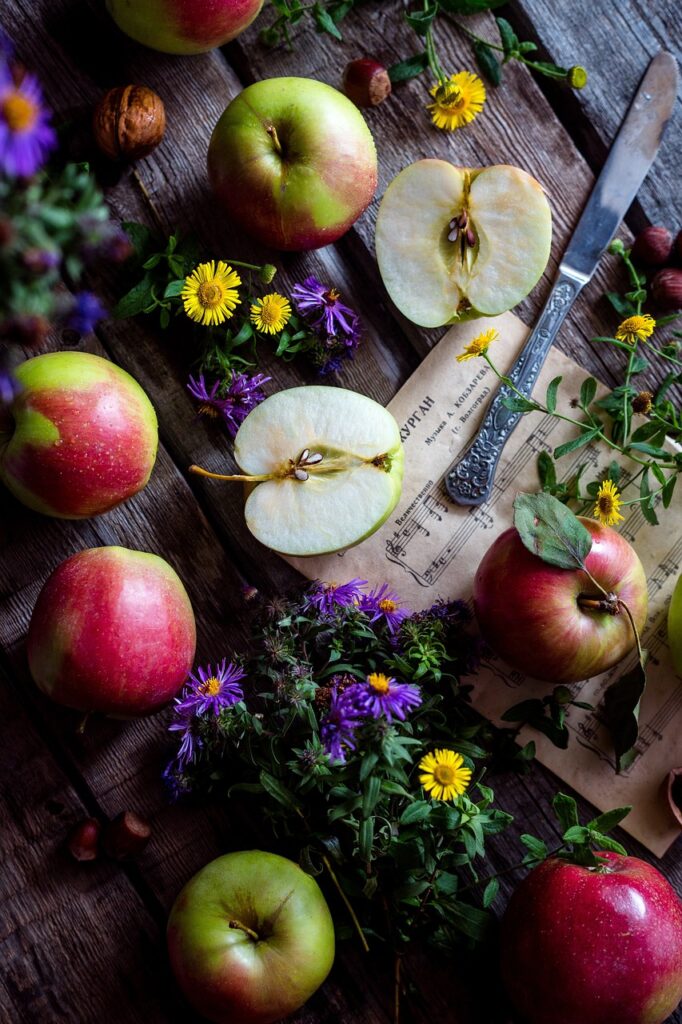
The importance of tree preservation
Preserving ancient trees and their habitats is not only a matter of conserving biodiversity, but also of safeguarding our cultural heritage.
Some oaks and yews and other species of trees in the UK are thousands of years old. They serve as living monuments to the past, connecting us to the history and traditions of our ancestors.
Efforts to protect these trees and their environments are crucial. Organisations such as the Woodland Trust and local conservation groups work tirelessly to ensure these natural treasures are not lost to urbanisation, disease, or climate change.
Preserving ancient woodlands and hedgerows maintains the vital biodiversity that supports numerous species, and ensures that future generations can continue to experience and celebrate these living legends.
Why professional tree care is essential
The ancient folklore surrounding Britain’s trees is more than just myth. It is a testament to the enduring relationship between people and nature. By honouring these traditions and protecting our majestic trees, we not only preserve the past, but also enrich our present and future.
Pruning trees at the correct time and in the right way is essential. Our tree ID pages provide comprehensive advice on the best time to prune different species of tree. However, it is always recommended to seek professional advice before pruning your trees.
TH Trees Ltd has been specialising in tree care for almost two decades. Our extensive qualifications and widely respected reputation place us in a good position to expertly handle of all your tree care requirements, whatever the species of the tree, and whatever its size or location.
For a no-obligation consultation and helpful advice from a qualified tree pruning specialist, call TH Trees Ltd on 01268 642 814.
I can thoroughly recommend TH Trees. Their professionalism and communication has always been paramount. The jobs undertaken carried out to my satisfaction. Above and beyond.
Thank you Jo for your kind review, it's always a pleasure to be of assistance with your trees.

